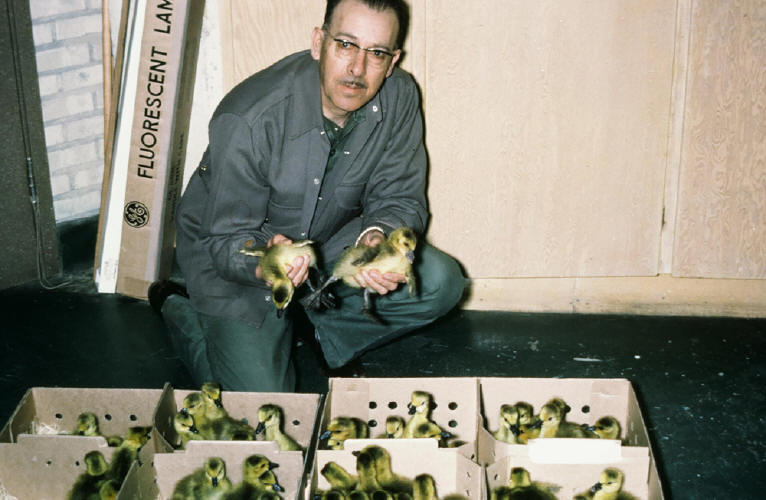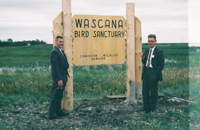
Photo credit: Fred Lahrman "Photo taken in 1952 of Ralph Stueck and friends in Abernethy"

Photo credit: Fred Lahrman "Photo taken in 1953 of Fred Bard and geese"

Photo credit: Fred Lahrman "Photo taken in 1953 of Hiawatha and Queenie"

Photo credit: Fred Lahrman "Photo taken in May 1967 of Fred Bard shipping goslings"

Photo credit: Fred Lahrman "Photo taken in May 1971 of Fred Bard"





